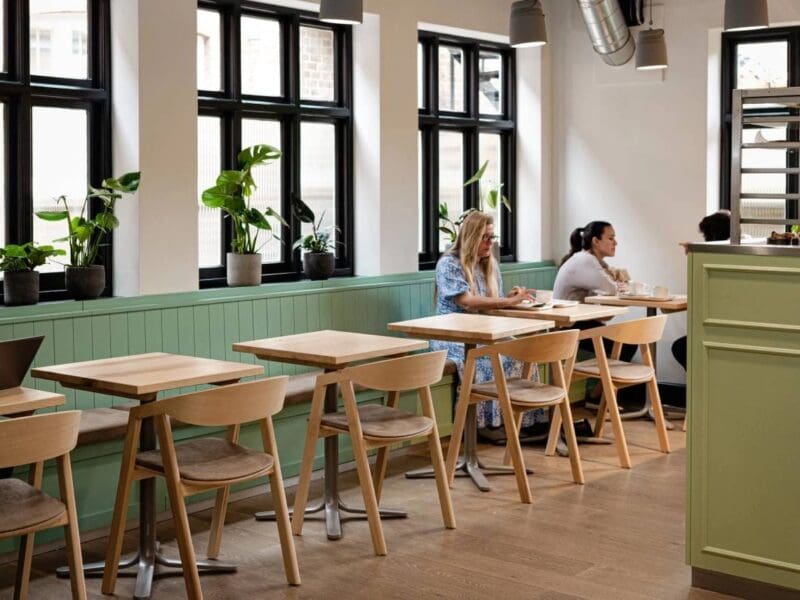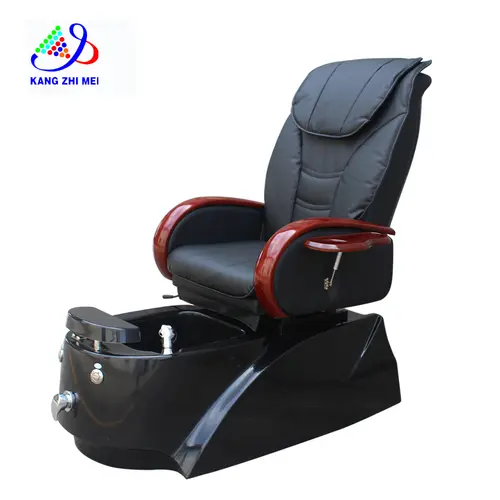
Age-Responsive Office Furniture: Catering to Generational Differences in the Workplace
The modern workplace is a dynamic melting pot of diverse generations, each bringing unique perspectives, work styles, and preferences. Recognizing and addressing generational differences is crucial for fostering a harmonious and productive work environment. In this article, we explore the concept of age-responsive office furniture, highlighting how thoughtful design can cater to the distinct needs and preferences of different generations in the workplace.
Understanding Generational Diversity:
The workplace today encompasses a range of generations, from Baby Boomers to Generation Z. Each generation has distinct characteristics shaped by their experiences, values, and technological exposure. Age-responsive office furniture seeks to bridge the gap between these diverse preferences, creating a workplace that accommodates the needs of all employees.
Ergonomics for All Ages: Prioritizing Comfort and Well-being:
Ergonomic office furniture is a universal requirement that transcends generational differences. Height-adjustable desks, supportive chairs, and other ergonomic solutions contribute to the comfort and well-being of employees across age groups. By prioritizing ergonomic design, organizations can ensure that their workspace is conducive to the health and productivity of employees of all ages.
Flexible and Adaptable Workstations:
Different generations often have varied preferences regarding workspace configurations. Creating flexible and adaptable workstations allows employees to customize their work environment based on their individual needs. This might include modular furniture, adjustable partitions, or versatile seating arrangements that cater to the diverse work habits of different age groups.
Technology Integration for the Digital Era:
Technological proficiency varies among generations, with younger workers often more accustomed to digital tools. Age-responsive office furniture incorporates technology seamlessly, providing charging stations, integrated power outlets, and smart furniture solutions. This ensures that employees of all ages can effortlessly connect and collaborate in a digitally driven work environment.
Versatility in Furniture Design: Meeting Varied Preferences:
Generational differences often extend to design preferences. Age-responsive office furniture embraces versatility in design, offering a range of options that appeal to various aesthetic sensibilities. From classic and timeless designs for Baby Boomers to modern and innovative styles for Millennials and Gen Z, workplaces can provide furniture that caters to diverse tastes.
Wellness Spaces for All Ages:
The emphasis on employee wellness is a common thread that unites generations. Age-responsive office furniture extends to wellness spaces within the workplace. Incorporating comfortable seating, relaxation areas, and greenery allows employees of all ages to rejuvenate and recharge, fostering a holistic approach to well-being.
Collaborative Spaces for Cross-Generational Interaction:
Different generations bring unique skills and perspectives to the table. Age-responsive office furniture encourages cross-generational collaboration by creating versatile and comfortable collaborative spaces. This might include flexible meeting rooms, open work areas, or communal lounges that facilitate interaction and knowledge-sharing among employees of different age groups.
Inclusive Design for Accessibility:
Accessibility is a consideration that becomes more relevant as employees age. Age-responsive office furniture embraces inclusive design principles. Ensuring that workspaces are accessible to all employees, regardless of age or physical ability. This might involve adjustable desks, ergonomic chairs with lumbar support, and other features that accommodate diverse needs.
Conclusion:
Age-responsive office furniture is a strategic approach to creating a workplace that values and accommodates the diversity of its workforce. By understanding and addressing generational differences through ergonomic solutions, flexible workstations, technology integration, versatile design, wellness spaces, collaborative environments, and inclusive design, organizations can foster an inclusive and harmonious work environment. The key lies in recognizing that the needs and preferences of employees evolve across generations and adapting office furniture to meet those changing dynamics, creating a workplace where every generation can thrive and contribute their unique strengths.







